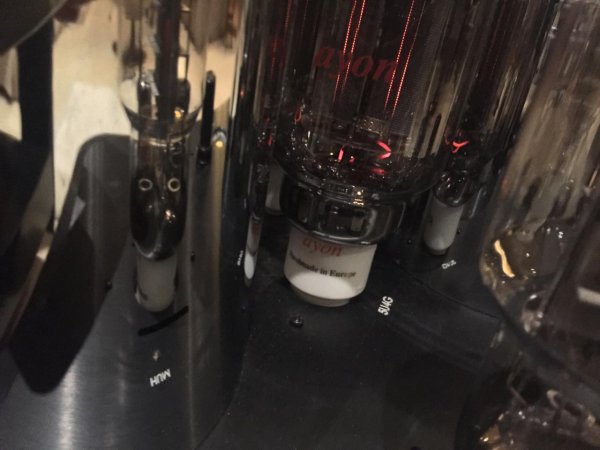OK I won't bow out.
It is most probable that most cones are not pistonic over the whole frequency range they are used for. Those made from traditional materials definitely are not. What I wrote was that the material does not matter if the cone is in its pistonic range, and this is true.
It may well be that there are loudspeakers today with stiff enough light enough cones and steep enough crossover filters for each driver to remain in its pistonic zone for the whole of the range it covers. This would give less colouration and distortion than other speakers (all other engineering aspects being dealt with properly).
There is not much understanding of vibration, resonance and its excitation, my field of research before I went Formula 1 motor racing, even amongst otherwise experienced and knowledgeable engineers never mind people who have never studied it. My second boss when I was a young research engineer could only visualise things as a quasi-static way and whilst he accepted what the maths showed he never understood or could solve vibration based problems. Pretty well every engineering catastrophy I and my group came to troubleshoot (and we were the last resort after everybody else had tried to solve it) was caused by unanticipated resonance.
It is an interesting subject and I have used it all my career, though much less in Formula 1, though it was part of my design of the Williams active suspension system used on several World Championship winning cars until it was banned. I am very proud of that

Ironically the materials stiff and light enough to produce pistonic mid range and high frequency units divide opinion strongly in the hifi community. Maybe resonance which should not be are being excited (easily measured) maybe we are so used to the low level of extra harmonics being added in conventional speakers we are disquieted by its removal. I don't know, or even care that much since I probably won't be buying any more speakers

...

















